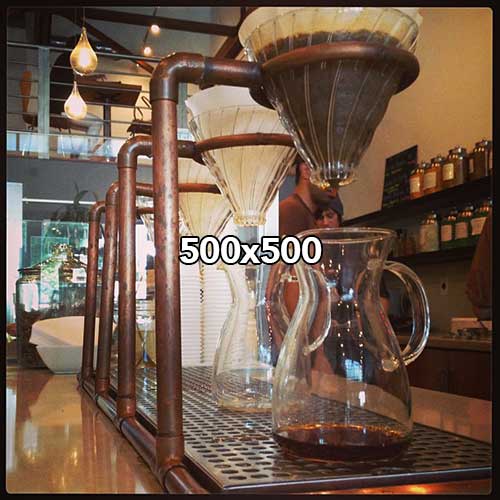
“I may be remiss by saying this, but I think we have the highest concentration of Mexican gangs within Hollenbeck Division in the entire United States.”
Officer Kenneth Colby has been working in the Hollenbeck Division of the Los Angeles Police Department for three and a half years. In his time with the division, he says he has seen the gang activity throughout the neighborhood of Boyle Heights transform in such a way that gang members have begun to more easily blend into the community and influence the younger generations.
“There is a huge evolution going on in gangs, and a lot of people don’t talk about it,” said Colby.
Colby mentioned that the majority of gang members apart from those who have only recently been released from prison are no longer as easily profiled as criminals due to their appearances. In Colby’s experience, gang members have therefore begun to disregard certain identifying features, including wearing symbols or colors associated with a particular gang, dressing in baggy clothes and having shaved heads.
“As the years go by, things change and they evolve to where the bigger homies that are in the jails are telling the younger homies ‘hey, you know, in order for us to conduct business in the street or to keep you guys out in the street to conduct gang business, lets dress like normal people,’ ” said Colby.
Due to a gang enhancement in the court, certain suspects on trial have had their sentences extended by five to 10 years for criminal activity with the addition of a gang allegation attributing the intent of the crime for the furtherance or the benefit of the gang. In more recent years, defense attorneys have been able to argue against the gang enhancement by saying their client doesn’t look or talk like a gang member.
For some members of the local community, the evolution of the gangs Colby described may have minimized their awareness of gang activity.
“A lot of stuff is still going on, but it doesn’t seem to be as bad as when I was younger,” said Hector Banuelos, the Site Coordinator at Roosevelt High School. From his experience working with youth in Boyle Heights, Banuelos attributed the interest of gang affiliation to a lack of productive and positive ways for teenagers to spend their free time.
Banuelos has said that, being located at the Salesian Family Youth Center, he has noticed “many of the families throughout the neighborhood are working class, so it helps provide kids a place to go.”
For the younger generation, however, the influence of gang activity has been very present.
“There’s like a lot of gang violence and all that,” said Jesus Figueroa, 15, a student at Roosevelt High School. “Its pretty crazy here, there’s a lot of gangs.”
Figueroa is a skateboarder and said he frequently visits the skate park to escape from that negative influence of the gang scene. “If you just come here and learn [tricks], its better than being out there doing other stuff.”
“I have friends that were like into like drugs and all that and now, like, I tell them to start skating with me and now they like don’t do drugs that much.”
Although certain teenagers like Figueroa are able to find alternative ways to avoid becoming affiliated with local gangs, Colby believes the impact of not joining a gang can be almost equally as destructive.
“If you have a youngster who is on the fence 50-50 whether he should go with the neighborhood or not, if he gets jumped in, thats actually a good thing for him because he not only gets protection from the gang, he can actually get some money on the side.”
Overall, Colby does not believe a solution to resolving gang activity and the recruitment of new members will materialize in the near future.
“It’s one of those things where you’ll never stop it,” said Colby.



